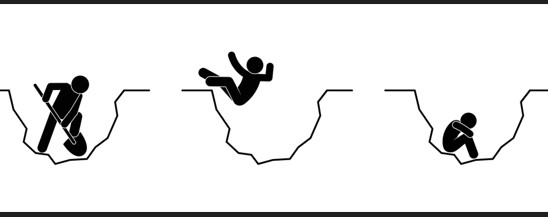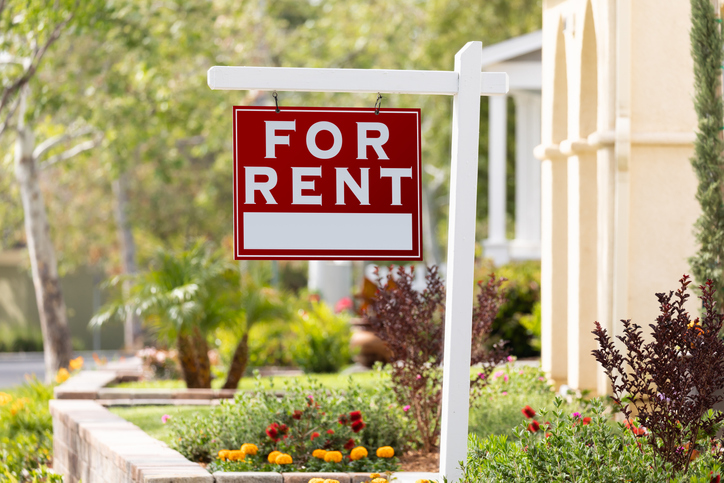Today WPC released a new study from Mark Harmsworth detailing ways in which government rules and regulations have added significant costs to housing construction and contributed heavily in making housing less affordable in Washington. Reading through the study, you'll see a theme of government interventions -- most with good intentions-- that have unintended consequences that are now adding to what has become an affordability crisis that has long-time Washington residents wondering if it is a place their kids or grandkids will be able to make a start in.
Front and center is the Growth Management Act, a relic from the 1990s that has long been cited by builders as a major contributing factor in housing challenges. Yet when it comes to affordable housing, we rarely (if ever) hear about the need to revisit regulations to see if they are achieving their objectives and doing so in the best way possible. It is common to hear people in the construction trades lament permitting fees and delays and complications, but rare to hear officials call for a review of those requirements to assess whether they could be simplified, streamlined, and save hassle, time and money for builders, homeowners, and taxpayers.
Reading Mark's study (and his most recent blog that works as a sequel of sorts) reminded me of a previous WPC Annual dinner speech by the former Governor of Indiana, Mitch Daniels. I think it was 2011 and I was attending as a radio host at the time. Daniels doesn't seem like an obvious first choice for a speaker but then the more you learn about him the more interesting he becomes and his speech was the most memorable of any I've heard before or since (and when you consider the top quality speakers WPC brings to these events, that is extraordinary)
Daniels talked about his approach to regulatory reform. He wanted to find out why licensing was slow to issue licenses, why permitting was slow to issue permits, etc. What he found was not only problems with red-tape, but also cultural problems. He explained that many civil servants had come to see their job as adversarial to the public--that their job was to find things wrong with requests rather than finding ways to help people get things done. Once he established the new mindset, they saw some dramatic improvements.
It was a story I never forget even though I don't retell it well. But in reading Mark's description of ways state and local government rules and regulations are adding big costs on to home construction, I couldn't help but think Washington's leadership should read it and perhaps pick up the phone and talk with Daniels to learn how Washington might benefit from a fresh perspective on ways to improve housing affordability.
Some key takeaways I got from reading Mark's study:
- As much as 24 percent of housing price increases at the county level may be attributed to the Growth Management Act (GMA)
- The GMA slowed progress in increased housing affordability statewide by as much as 5.1 percent
- Public policy – state and local laws, permitting, building restrictions and regulations – add on average $144,000 to the cost to construct a new, median priced home
- Washington State Building Code Council's new rules banning the use of natural gas in residential and commercial new construction are estimated to add an additional $24,070 to the cost of a new home.
- Seattle's fee list for permitting regulations is 60 pages long and includes a $271 charge for a "Vacancy Inspection"
- According to the Building Industry Association of Washington, the state zoning process adds an average of $71,739 to the cost of a home.
- "Green" building standards consistently increase costs while failing to deliver on environmental promises.






